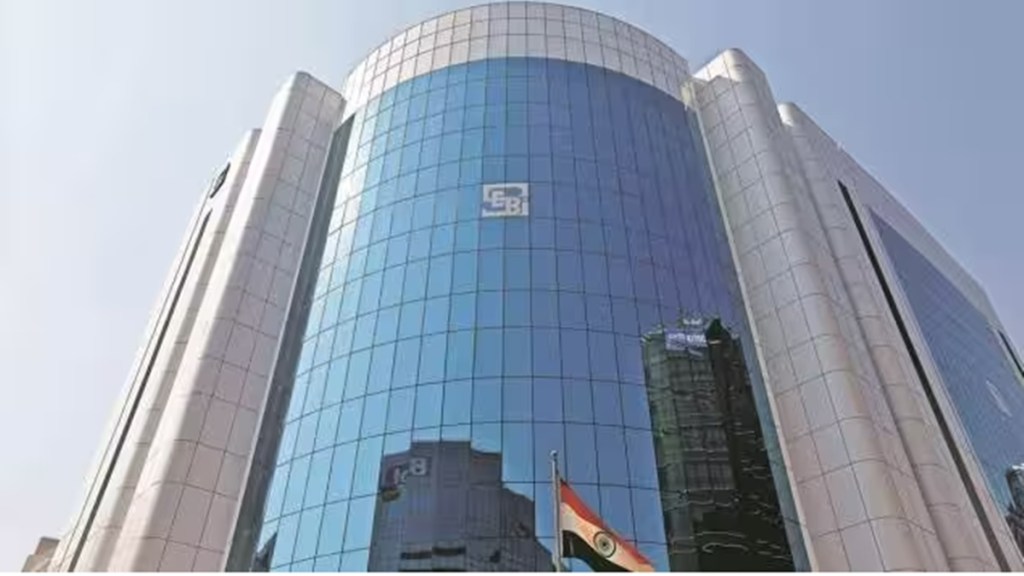India has successfully leveraged technology to create digital public goods. The three pillars of the India stack—digital identification, interoperable payments and data exchange through consent—have facilitated the inclusion of more than a billion people in the formal banking system and have enabled digital payments between banks, third-party payment aggregators, and digital wallets. This has promoted financial inclusion and increased efficiency to enhance financial stability. Though these features are not unique to India, but the scale at which we have leapfrogged when it comes to technology has aided us in building a more inclusive digital economy from the bottom up. We have adopted a balanced framework where the public sector takes the lead in developing a regulatory framework, and the private sector is encouraged to engage in innovation and manage consumer interfaces.
In the India stack, the third pillar is the consent-manager-based ‘account aggregator’ (AA), which acts as an intermediary for sharing financial data between individuals and financial firms. The AA ecosystem was launched in September 2021 with eight private sector banks. Since then, there has been significant growth in the adoption and penetration of AAs, marking a transformative period for the ecosystem. In the last one year, the cumulative number of accounts linked by account-holders increased by 11 times as use-case scenarios of AAs found wider acceptance.
The AA system is nearing an inflection point with an ever-widening database, diverse stakeholders, and use-case scenarios. Notifying GSTN as a financial information provider (FIP) is one of the vital steps, which opens up the case for business lending to small owners.
Access to affordable credit is considered the distinguished feature of AA, facilitating easy access to loans for new-to-credit (NTC) customers, especially small businesses with low or no credit history. Less than 15% of MSMEs in India have access to formal credit. Without a formal credit record, AAs can help businesses share alternative financial data with lenders, such as tax returns, bank statements, bill repayment behaviour, spending information, and more, with lenders to check their creditworthiness.
Since most MSMEs in India lack adequate collateral for loan applications, AAs can help lay the groundwork for shifting to cash-flow-based lending from asset-based lending and offer sachet-size loans based on cash-flow predictions of the business. Sahamati, a non-profit organisation, in a recent report, projects data transactions through AA to reach 1 billion by the year ending 2025 and 5 billion by the year ending 2027. The report expects MSME lending to benefit from higher lending penetration, with its share in AA usage expected to rise from 5.3 % in 2023 to 9.8 % by 2027.
The AA ecosystem relies on the data empowerment and protection architecture (DEPA). Open application programming interface (API) for data sharing and DEPA create the consent layer in India Stack. The consent architecture of AA developed upon robust regulations for both the financial information user (FIU) and financial information provider (FIP) works in a way that allows individuals to restrict how the data can or cannot be used and how it can be stored with information providers. If the lenders violate those restrictions, they may lose their ability to participate in the ecosystem.
We should take cognisance of the fact that AA is not synonymous with only democratising credit; rather, its basic framework that replaces multiple processes for document collection, verification, validation, and consent-based decisions can be replicated elsewhere. Activating IT returns on AA may boost its usage in the insurance sector as it enables the estimation of income-based eligibility to offer insurance proposals to self-employed citizens. AA may replace the current bank-account verification mechanism through penny drops or the submission of cancelled cheques. Wealth management and personal financial consulting are other use-cases.
The implementation of AA has had positive outcomes, including increased volume growth, reduced fraud, and lower operational costs. The AA network is positioned as the future of data sharing, ensuring security and empowering customers. It is crucial in promoting financial inclusion and contributing to economic growth. There is a need to increase the success rate of fulfilled consents and encourage customer adoption.
Given the role of the AA framework in GST, MSME, credit ratings, etc, one would assume its can be applicable to numerous other fields. However, burdening the emerging platform with expectations would be unfair as it has only lived two years. Sebi’s public consultations on the AA framework send a clear signal that the regulator is more cautious in terms of bringing up valuable and sensitive information on the platform while at the same time limiting misuse of data by FIUs.
Laying the foundation of digital identities like Aadhaar and UPI has taken many years; however, its usage expanded rapidly once the foundation was built. The recent search surge of account aggregator on Google Trends indicates that we might be near that take-off stage, touted as the UPI moment for AA in financial data use.
The authors are officers of the Indian Economic Service in the ministry of finance

